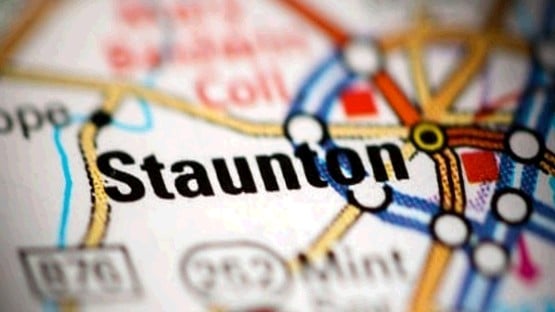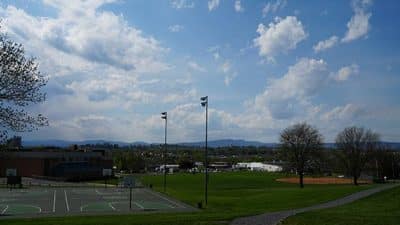
– Jane Burgos, Los Angeles, CA
The sequester that went into effect March 1 is a budget measure that cuts federal spending across the board to the tune of $85 billion, meaning every federal agency is affected and must reduce discretionary spending. Indeed, the cuts are already having a negative impact on everything from air quality monitoring to extreme weather response capability to staffing at national parks.
Some of the harshest cuts are starting to kick in at the Environmental Protection Agency (EPA). On the chopping block there are some critical air monitoring sites that check for dangerous pollutants like ozone and particulate matter, as well as funding the agency has traditionally given states to monitor their own air quality. The agency is also reducing the number of staffers tasked with monitoring compliance with environmental laws, and will do around 1,000 fewer inspections accordingly in 2013.
Meanwhile, sequester-based cuts to the Federal Emergency Management Agency (FEMA) mean reduced response efforts following weather disasters, which are on the rise due to climate change. Likewise, cuts at the National Oceanic and Atmospheric Administration mean less funding for maintenance and operations of some weather-monitoring systems, including the national radar network used for tornado warnings, and a delay in launching two new satellites designed to help track severe weather events like hurricanes. Also, sequester-based cuts to funding for the repair or replacement of decaying water and wastewater infrastructure are putting local drinking water at risk in communities from coast to coast.
One way we’ll feel the pain this summer is via staff cuts and closures at national parks and historic sites. Interior Secretary Ken Salazar says the sequester is responsible for an indefinite delay in reopening the Statue of Liberty after Hurricane Sandy (though as of this writing Liberty Island will re-open July 4 while Ellis Island will remain closed) and for undermining his ability to fight fires and clean up after storms.
The sequester also means less natural resource management. Fewer funds for fishery stock assessments means Alaskan fisheries may remain closed for longer than needed given lack of data on fish runs. And sequester cuts reduce efforts to combat illegal overfishing. Meanwhile, the Department of Agriculture will treat 200,000 fewer acres this summer for “hazardous fuel,” meaning a higher risk of wildfires.
On the energy front, outgoing Energy Secretary Steven Chu reports that the sequester jeopardizes ongoing research into increasing automobile fuel efficiency and reducing gasoline consumption, in turn slowing down the country’s quest for energy independence. Also, less funding means less oversight of hydraulic fracturing (fracking) for natural gas and research into the environmental impacts of the practice.
Green group leaders are especially annoyed that under the sequester oil companies get to keep billions of dollars in taxpayer subsidies while drastic budget cuts limit the EPA’s ability to monitor, limit and clean up the pollution they cause. Perhaps the one silver lining is a slowdown in the issuance of new off-shore oil and gas development permits given cuts at the Department of Energy.
CONTACTS: NRDC Sequester Fact Sheet, http://docs.nrdc.org/globalwarming/files/glo_12110801a.pdf.
EarthTalk® is written and edited by Roddy Scheer and Doug Moss and is a registered trademark of E – The Environmental Magazine (www.emagazine.com). Send questions to: [email protected]. Subscribe: www.emagazine.com/subscribe. Free Trial Issue: www.emagazine.com/trial.










